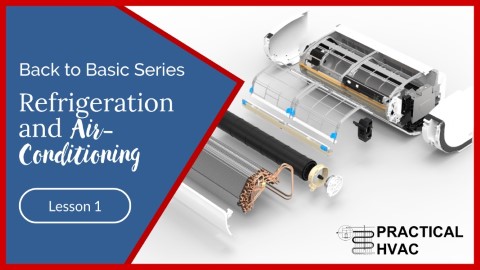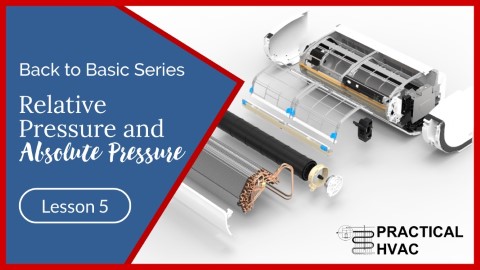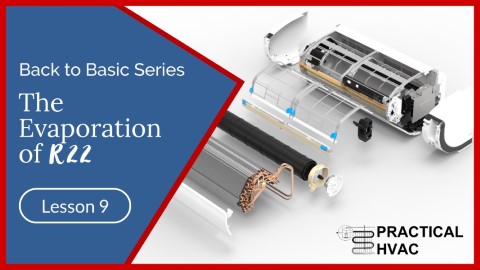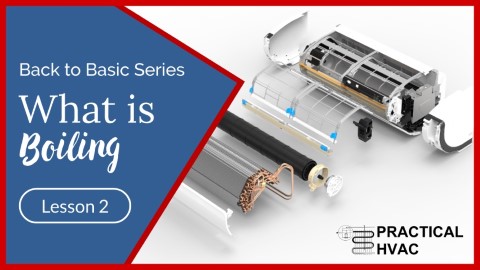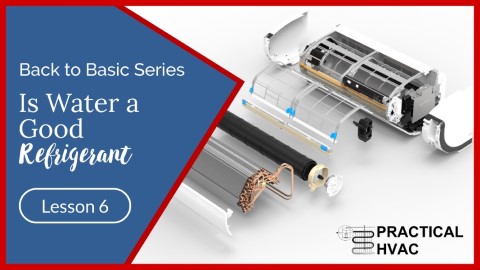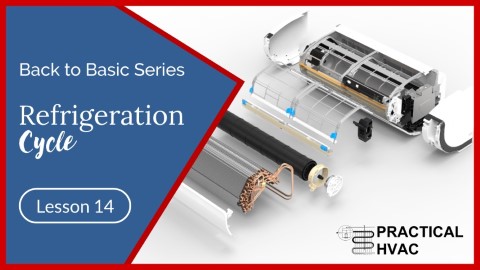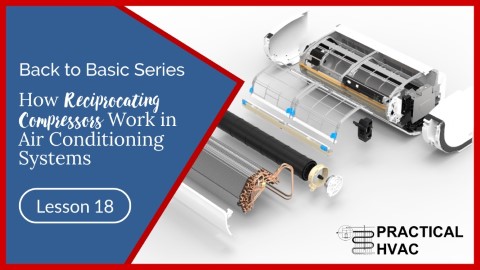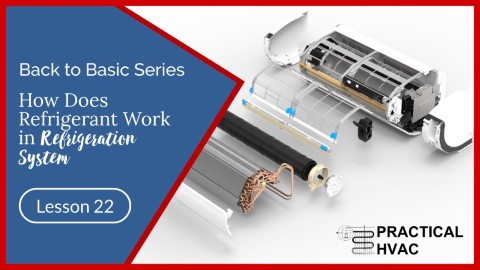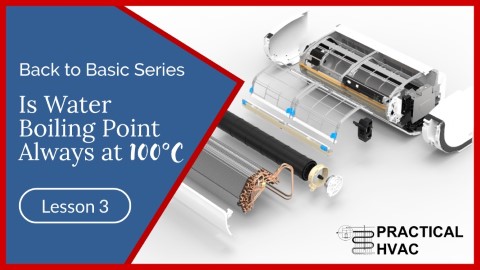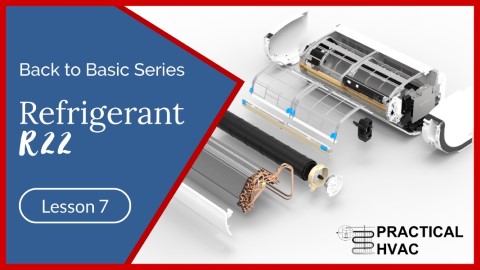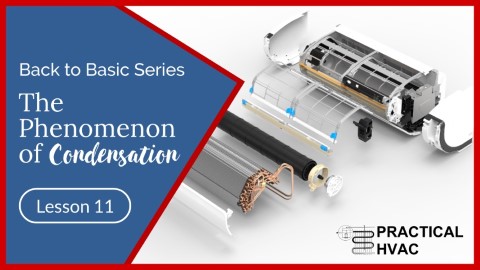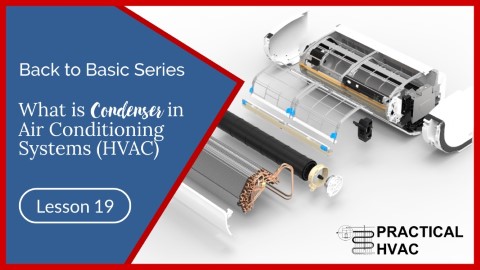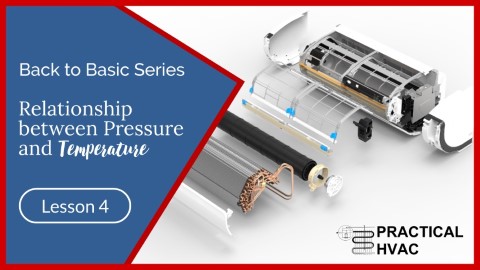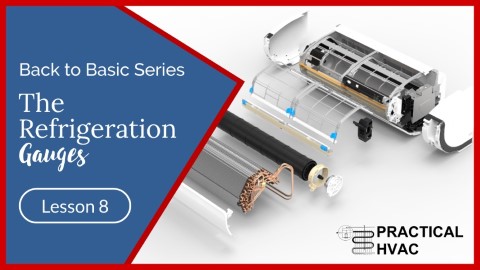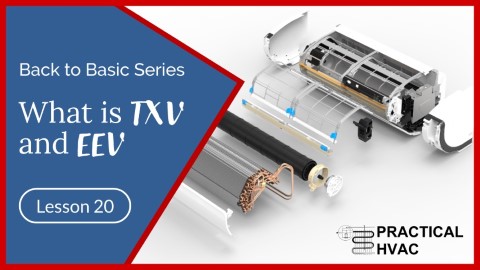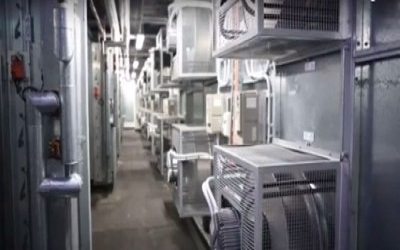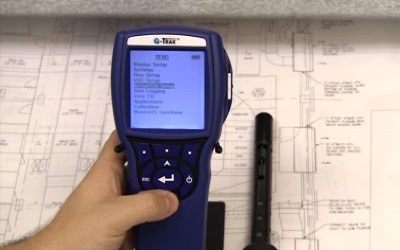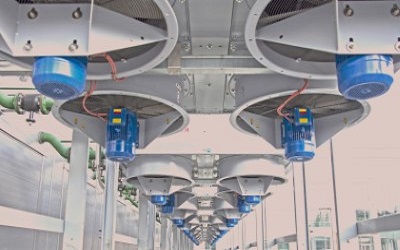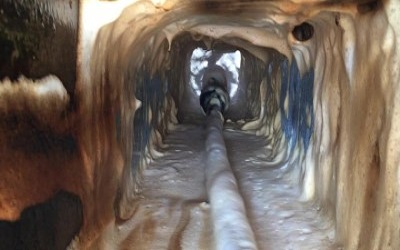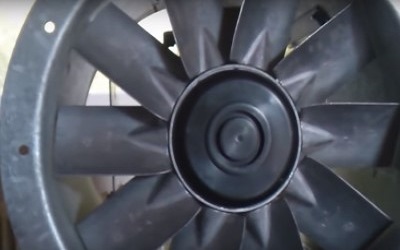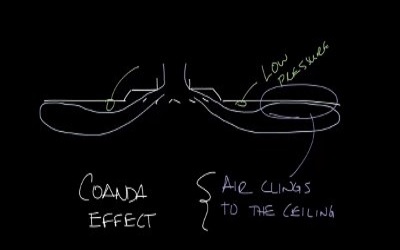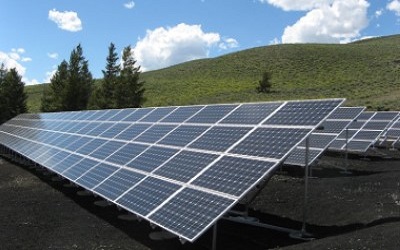Relative Pressure and Absolute Pressure
Relative Pressure and Absolute Pressure
The deeper divers go in the water, the greater the pressure they will experience. Pressure is due to the weight of the water column found above the diver.
The deeper the diver descends, the bigger the column of water gets, and the more the pressure increases (it increases by about 1 bar for every ten metres in depth).
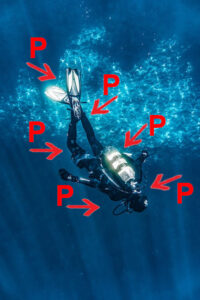
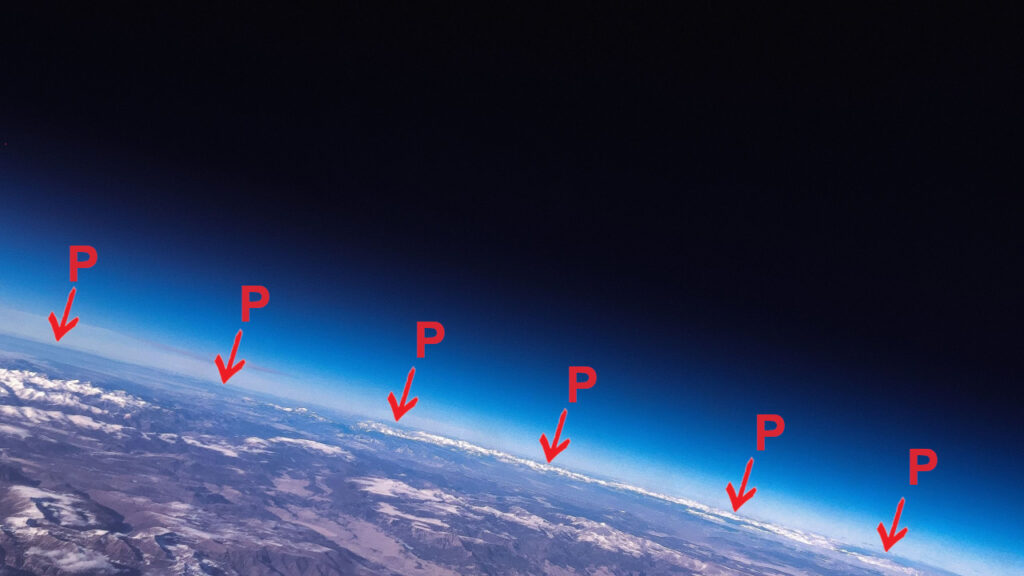
Similarly, atmospheric pressure is due to the height of the column of air above us. The higher the column of air, the higher the atmospheric pressure. Unless we dig down the earth, the air column height is highest at sea level.
Consequently, it’s at this point that atmospheric pressure is greatest: 1.013 bar. As a mountaineer climbs, he gains altitude, and the height of the column of air above him diminishes. It is why atmospheric pressure decreases as we go up in altitude. It falls to about 0.7 bar at 3,000 metres.
After lift-off, atmospheric pressure no longer exists when a rocket leaves the atmosphere and starts to orbit. There is no air or gas of any kind at all. There is a total vacuum! By definition, a complete vacuum is the lowest pressure that can exist. We say then that the pressure is 0 bar absolute.
When we compare pressures to an absolute vacuum, we speak about absolute pressures. Absolute pressure is always greater than or equal to 0 bar.
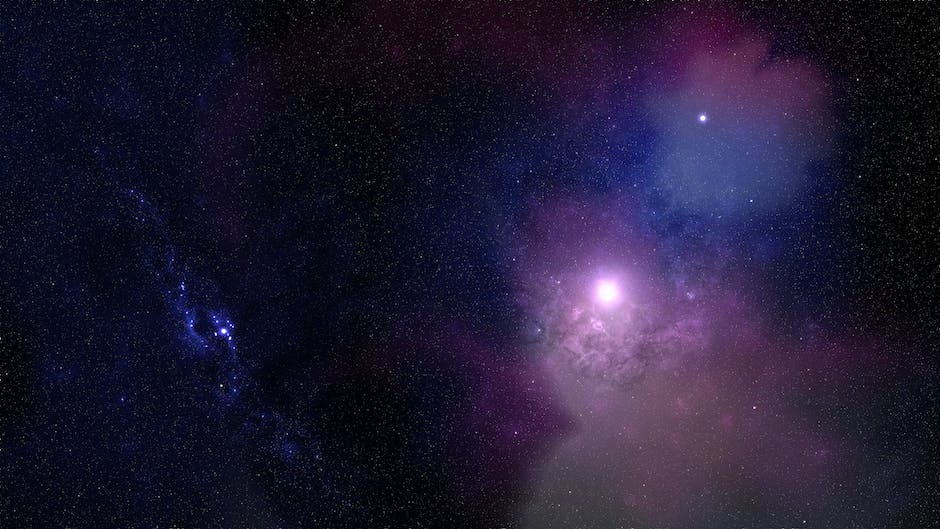
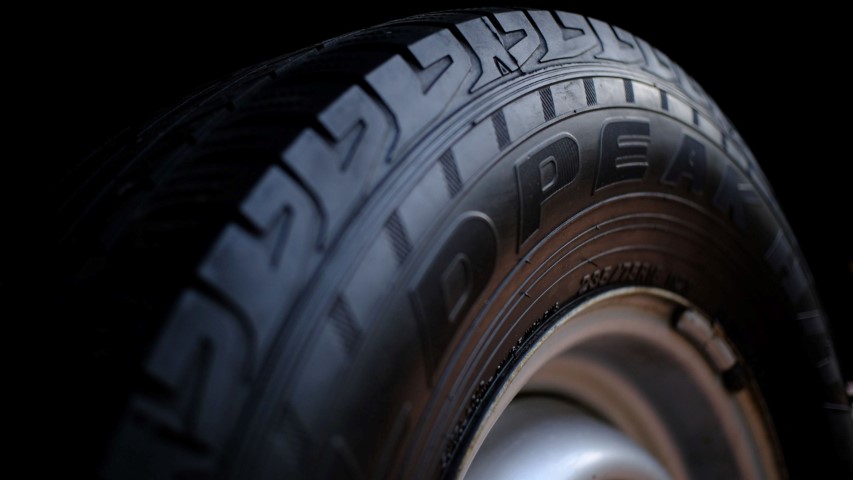
When you need to check the inflation pressure of your tyres, you go to a service station to use the test device that we call a pressure gauge.
Think about this question for a moment, what is the pressure shown by the gauge’s needle before you connect it to the tyre valve?
Before it’s connected to the tyre valve, the pressure gauge measures atmospheric pressure, yet the needle shows 0 bar.
Although we are not in outer space, the gauge needle reads 0 bar!
Why doesn’t it read 1 bar, which is the value of atmospheric pressure?
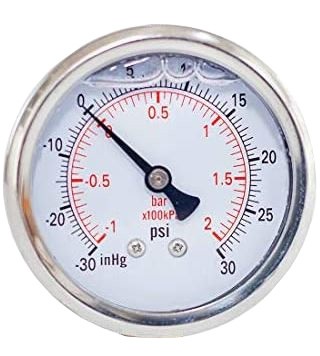
For once, because atmospheric pressure exists all over the earth’s surface, the world has agreed that every pressure gauge open to the air reads 0 bar. Just remember this fact, and this won’t be a problem!
If this is so if we fake this pressure gauge info space, what pressure would it show?
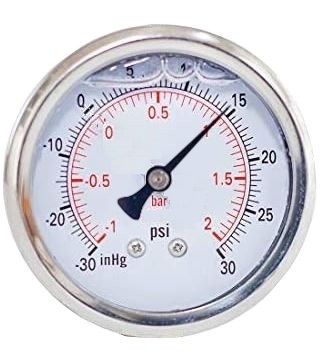
We know that atmospheric pressure equals 1 bar at sea level. Therefore, if a pressure gauge shows 0 bar when it measures atmospheric pressure, then when it is in a total vacuum, it will show 1 bar less than this, which is -1 bar.
Just remember that pressure gauges are generally graduated to read 0 bar at atmospheric pressure.
Experts will often talk about pressures as relative and sometimes as absolute. Pressures are described as absolute when they are measured relative to the total vacuum. They call it relative or gauge pressures when measured relative to atmospheric pressure.
On the graph opposite, you can read the absolute pressures of the left-hand scale (that is, pressures relative to absolute vacuum).
On the right-hand scale are relative pressures (which a pressure gauge would show relative to atmospheric pressure).
Thus, pressure is 0 bar absolute or -1 bar gauge in a total vacuum.
Atmospheric pressure corresponds to a pressure of 1 bar absolute or 0 bar gauge.
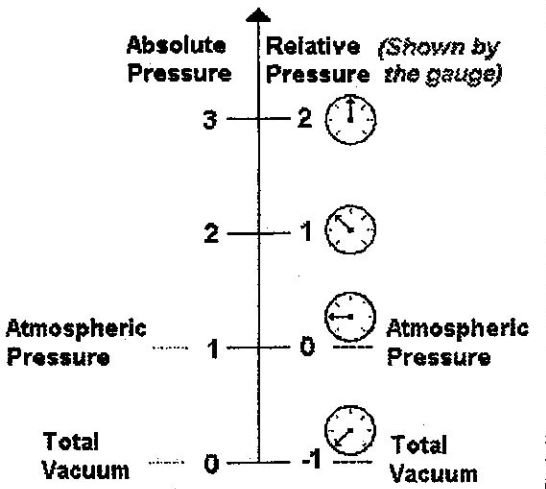
Pressure gauges are among the essential tools refrigeration engineers use, and they must be proficient. It is important to remember that the pressures they show are relative to atmospheric pressures.
From what we have seen, Absolute pressure = gauge pressure + 1 bar.
That’s why a pressure of 2 bar shown on a gauge corresponds to 3 bar absolute.
Back to Basic!
Related
Read more: Fan wall
Read more: How to verify the percentage of outside air in an enclosure
Read more: BCA Part J5 Air-conditioning system control
Read more: Microbial Induced Corrosion (MIC) in Pipes
Read more: Is your kitchen exhaust system a fire hazard
Read more: What is coanda effect
